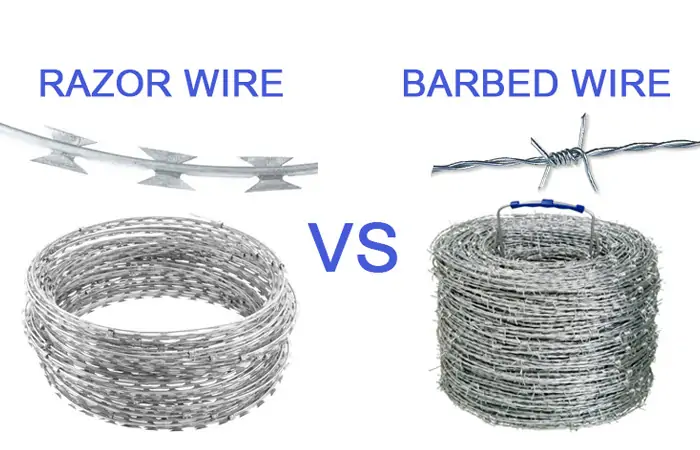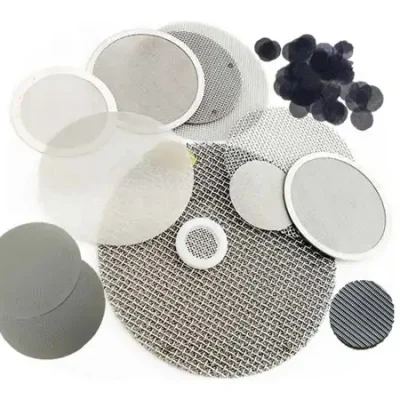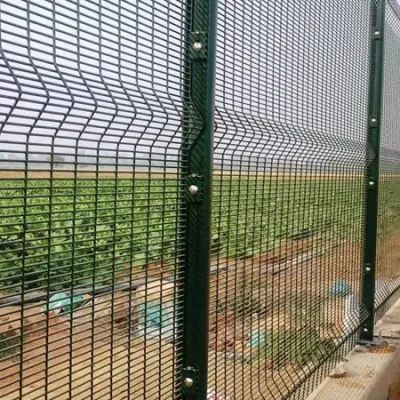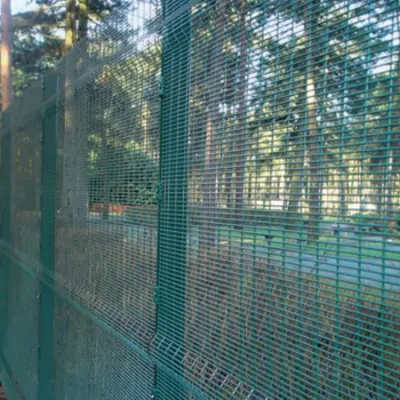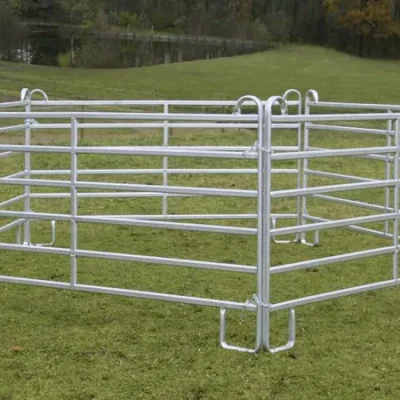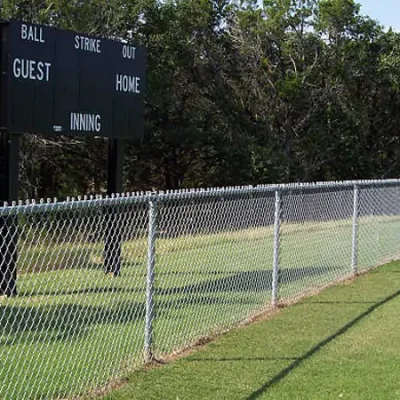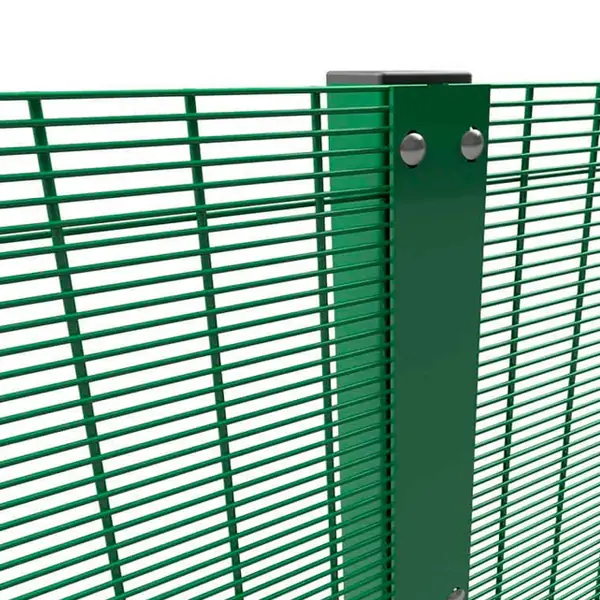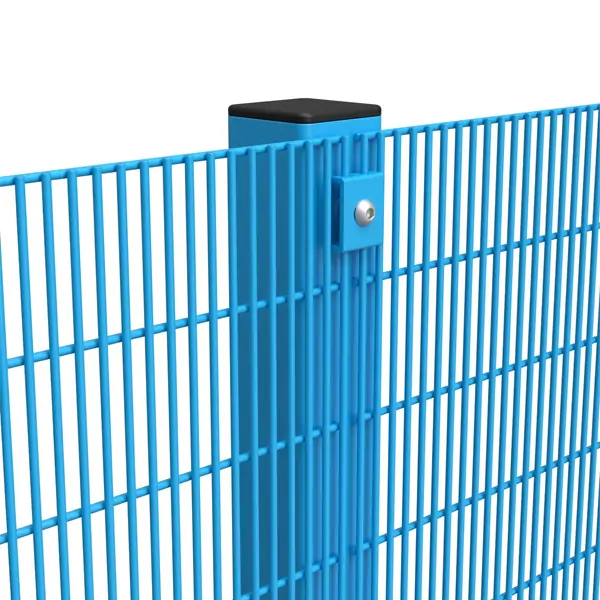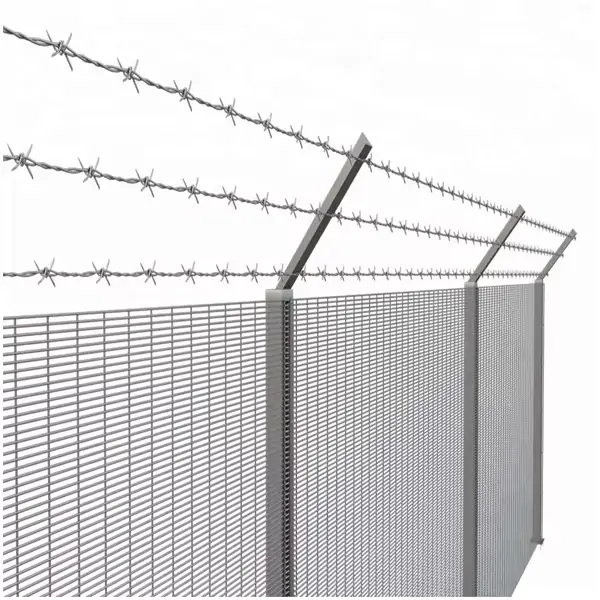Welcome to our comprehensive guide on buying barbed wire and razor wire in China. Whether you’re a farmer looking to secure your property or a contractor in need of fencing materials, navigating the market can be daunting. In this guide, we’ll walk you through everything you need to know about purchasing these essential fencing materials in China. From understanding the different types and specifications to tips for finding the best suppliers, we’ve got you covered. Let’s dive in!
Table of Contents
ToggleWhat is the barbed wire?
Barbed wire, just two simple words, carry profound historical significance and meaning. It is not merely a common fencing material but a pivotal element in the evolution of human civilization. Over time, barbed wire has played crucial roles in warfare, agriculture, construction, and beyond, becoming an indispensable presence worldwide.
Tracing the history of barbed wire takes us back to the early 19th century. It emerged amidst the wave of the Industrial Revolution, as humanity delved deeper into the exploration of new materials and technologies. Born out of this context, barbed wire swiftly gained popularity for its simplicity and durability. Initially used in agriculture as a fence to protect crops, its applications expanded to military defense, industrial construction, and various other fields.
The significance of barbed wire extends beyond its practical utility; it carries symbolic weight. In times of war, barbed wire became a crucial component of defensive fortifications, symbolizing the resilience and resistance of nations. Additionally, in literature and art, barbed wire has been imbued with rich metaphors, representing isolation, confinement, or indifference. It often evokes a myriad of emotions and meanings in people’s imaginations.
However, the significance of barbed wire goes even further. In contemporary society, it has become a part of the urbanization process, used to demarcate spaces and ensure security. It serves not only as a physical barrier but also as a manifestation of social order and rules. Its presence allows people to find a balance between freedom and order, contributing to the creation of harmonious and stable social environments.
Barbed wire, with its seemingly simple structure, contains a wealth of history and cultural significance. It bears witness to the development of human civilization and symbolizes societal progress. Whether in rural fields or urban streets, barbed wire interprets the relationship between humanity and nature, freedom and order, in its unique way.
What is razor wire?
Razor wire, a formidable barrier with its menacing appearance, serves as a potent symbol of security and deterrence. Its sharp blades and sturdy construction make it a highly effective means of perimeter defense, widely utilized in military installations, prisons, and high-security facilities around the world.
Originating from the military context, razor wire has a history intertwined with strategic defense tactics. Initially developed to enhance the efficacy of traditional barbed wire, razor wire’s introduction revolutionized perimeter security, providing a more formidable obstacle to potential intruders or escapees. Its razor-sharp edges act as a powerful deterrent, discouraging unauthorized access and reinforcing the boundaries of protected areas.
Beyond its practical utility, razor wire carries profound symbolic significance. Its presence evokes notions of exclusivity, confinement, and control. In prisons, razor wire serves as a visual reminder of societal boundaries and consequences, deterring inmates from attempting escape and maintaining order within correctional facilities. Similarly, in military contexts, razor wire demarcates safe zones and restricted areas, safeguarding critical infrastructure and personnel from external threats.
However, the use of razor wire also sparks debates regarding its impact on human rights and public perception. While it undeniably enhances security measures, its imposing presence can evoke feelings of confinement and oppression. Critics argue that excessive use of razor wire may symbolize a society’s willingness to prioritize security over individual liberties, raising questions about the balance between safety and freedom.
In conclusion, razor wire stands as a potent symbol of security and control, embodying the complexities of modern society’s approach to safety and protection. Its history, from its military origins to its widespread adoption in various sectors, reflects humanity’s continuous quest for enhanced security measures. Yet, its presence also prompts reflection on the ethical and societal implications of prioritizing security over individual freedoms. As razor wire continues to shape our landscapes and perceptions, its significance remains undeniable in the realm of security and defense.
What are the advantages of razor wire?
Razor wire, known for its formidable appearance and effective security capabilities, offers a range of advantages in bolstering perimeter defense and safeguarding critical assets. Here are some key advantages of razor wire:
1. Enhanced Deterrence: The razor-sharp blades of razor wire serve as a powerful deterrent against intruders and potential threats. Its intimidating appearance sends a clear message of perimeter security, dissuading unauthorized access and deterring trespassers from attempting to breach protected areas.
2. Effective Barrier: Razor wire stands as an unparalleled guardian, boasting formidable sharp edges and robust construction. Its unyielding defense is impervious to tampering, thwarting even the most determined intruders without the need for specialized tools. Ideal for safeguarding high-risk zones like prisons, military bases, and critical infrastructure, it epitomizes an effective and impenetrable barrier.
3. Versatility: Razor wire is adaptable to various environments and can be installed in different configurations to suit specific security needs. Whether mounted on fences, walls, or standalone barriers, it can effectively fortify perimeters and restrict access to designated areas.
4. Low Maintenance: Once installed, razor wire requires minimal maintenance, reducing ongoing operational costs associated with perimeter security. Its durable materials and weather-resistant properties ensure long-term reliability, providing a cost-effective solution for continuous protection.
5. Psychological Impact: Beyond its physical barriers, razor wire psychologically impacts potential intruders, instilling a sense of caution and apprehension. The presence of razor wire communicates a strong message of security vigilance, reinforcing the perception of protected boundaries.
6. Customization Options: Razor wire is available in various configurations, including concertina coils, flat wrap, and spiral coils, allowing for customization based on specific security requirements and site conditions. This versatility enables security professionals to tailor solutions to meet diverse security challenges.
What are the disadvantages of razor wire?
While razor wire is renowned for its effectiveness in enhancing perimeter security, it is essential to acknowledge its limitations and potential drawbacks. Here are some disadvantages of razor wire:
1. Safety Concerns: The razor-sharp blades of razor wire pose significant safety risks to both intruders and authorized personnel. Accidental contact with razor wire can result in severe cuts, lacerations, or even serious injuries, raising concerns about liability and duty of care.
2. Aesthetic Impact: The imposing appearance of razor wire can detract from the aesthetic appeal of surrounding environments, particularly in residential areas or public spaces. Its presence may create perceptions of insecurity or contribute to a sense of unease among residents or visitors.
3. Maintenance Challenges: While razor wire boasts durability, it demands consistent upkeep to maintain peak performance and stave off degradation. Environmental elements like corrosion, rust, and debris buildup can erode its efficacy over time, underscoring the need for vigilant inspection and ongoing maintenance.
4. Wildlife Hazard: The sharp edges of razor wire pose a threat to wildlife, potentially causing harm to birds, small animals, or pets that come into contact with it. This raises ethical considerations and environmental concerns, particularly in natural habitats or conservation areas.
5. Legal and Regulatory Compliance: The installation of razor wire may be subject to legal restrictions, zoning regulations, or building codes governing the use of security fencing materials. Failure to comply with relevant laws or ordinances could result in fines, penalties, or legal disputes.
6. Cost Considerations: While razor wire offers effective perimeter security, its installation and maintenance costs can be relatively high compared to alternative fencing options. Budgetary constraints may limit its feasibility for some organizations or projects, requiring careful consideration of cost-effectiveness.
7. Negative Perceptions: The presence of razor wire can evoke negative perceptions and stigma, particularly in communities where it is associated with high-security facilities or areas of social unrest. This may lead to social segregation, mistrust, or heightened tensions within affected neighborhoods.
What are 3 advantages of barbed wire?
Barbed wire, renowned for its simple yet highly effective design, offers several advantages in bolstering perimeter security. Here are three key benefits of opting for barbed wire:
1. Cost-Effectiveness: Barbed wire stands out for its cost-effectiveness when compared to other fencing options. Crafted from sturdy materials like galvanized steel, it offers a strong defense at a fraction of the price. This affordability makes it particularly appealing for safeguarding expansive areas, farmland, or property perimeters where budget concerns take precedence.
2. Versatility: Barbed wire’s versatility allows it to adapt to various terrain types and security requirements. It can be installed in different configurations, including single-strand lines, double-strand fences, or concertina coils, depending on the level of security needed and the nature of the surrounding environment. Whether used for livestock containment, agricultural protection, or perimeter defense, barbed wire offers flexibility in design and application.
3. Deterrence Capability: The presence of barbed wire serves as a potent deterrent to potential intruders, discouraging unauthorized access and trespassing. The sharp barbs or spikes attached to the wire inflict pain and discomfort upon contact, dissuading individuals from attempting to breach the perimeter. This deterrence capability reinforces security measures and helps maintain the integrity of protected areas, whether it be private property, industrial sites, or restricted zones.
What are the disadvantages of barbed wire?
While barbed wire is widely used for perimeter security, it’s essential to recognize its limitations and potential drawbacks. Here are some disadvantages of barbed wire:
1. Safety Risks: The sharp barbs or spikes attached to barbed wire pose significant safety hazards to both humans and animals. Accidental contact with barbed wire can result in cuts, puncture wounds, or serious injuries, leading to liability concerns and potential legal ramifications for property owners or installers.
2. Maintenance Challenges: Maintaining barbed wire fences presents ongoing challenges to ensure their effectiveness and durability. Environmental factors like moisture, rust, and debris accumulation can gradually degrade the wire’s structural integrity, potentially compromising its ability to deter intruders. Regular inspections and timely repairs are essential to address any damage and uphold security standards.
3. Limited Aesthetic Appeal: The presence of barbed wire can detract from the visual appeal of surrounding landscapes or properties. Its utilitarian appearance may be perceived as unsightly or unwelcoming, particularly in residential areas or public spaces where aesthetic considerations are important. This can lead to negative perceptions among residents, visitors, or potential customers, impacting property values or business reputation.
4. Escape and Entrapment Risks: While barbed wire is intended to prevent unauthorized access, it may also pose escape and entrapment risks, especially in high-security facilities or areas with vulnerable populations. In prisons or detention centers, inmates may attempt to circumvent or manipulate barbed wire barriers, leading to security breaches or dangerous situations. Similarly, wildlife or domestic animals may become ensnared in the wire, resulting in injury or death.
Which is better razor wire or barbed wire?
Both razor wire and barbed wire are effective in preventing unauthorized access and intrusion. However, each method has its own set of characteristics and considerations that make them suitable for different applications.
Razor wire, with its razor-sharp blades and formidable appearance, provides heightened deterrence and superior barrier protection. It sends a strong message to potential intruders and can withstand tampering and intrusion attempts. On the other hand, barbed wire offers cost-effectiveness and versatility. It is more affordable and can be installed in various configurations to suit specific security needs.
Ultimately, the choice between razor wire and barbed wire depends on factors such as security requirements, budget constraints, and aesthetic considerations. While razor wire excels in deterrence and barrier protection, barbed wire provides a balance of cost-effectiveness and functionality. By carefully evaluating these factors, property owners can determine the most suitable perimeter security solution for their specific requirements.

